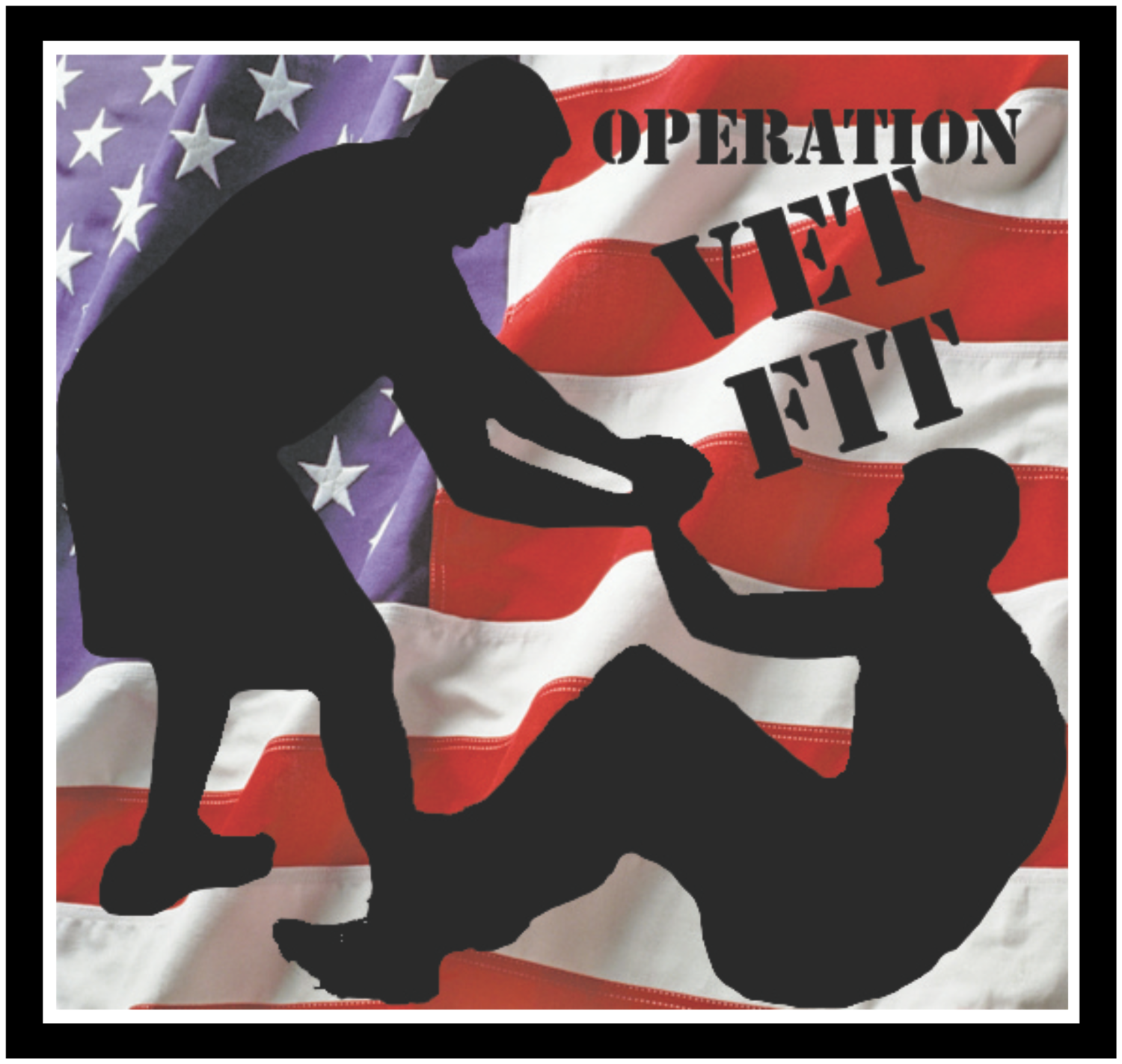Poster as presented at S.E. American College of Sports Medicine Conference, Jacksonville FL Feb 14th 2020
IMPACT OF CAMARADERIE BASED EXERCISE ON ANXIETY, DEPRESSION AND PAIN AMONG COMBAT VETERANS
Daniel B. Bornstein, The Citadel, The Military College of South Carolina: dbornste@citadel.edu
Daniel R. Gaita, Operation Vet Fit: dan@operationvetfit.org
Alexandra Macdonald, The Citadel, The Military College of South Carolina
Background: Suicide was the 9th-leading cause of death in the United States in 2017. Veterans are 22 percent more likely to commit suicide than those in the general population. Reducing veteran suicide is a top priority for the Department of Veterans Affairs. Anxiety, depression and pain have all been shown to be predictive of suicide among veterans. Camaraderie has also been shown to be an important factor in mitigating suicidal tendencies among veterans. The purpose of this study was to pilot test a camaraderie-based exercise intervention aimed at reducing anxiety, depression, and pain among combat veterans. Methods: A small sample of combat veterans (n=5) were recruited and met the study’s inclusion criteria. A single-group, pre-post, quasi-experimental design was used to measure acute impact of a Camaraderie Based Exercise Event (CBEE) on symptoms of anxiety, depression and pain. Previously validated scales were used to measure the three outcome variables. Anxiety was measured using the 7-item, (GAD-7). Depression was measured using the Patient Health 9-item questionnaire, (PHQ-9). Pain was measured using the Universal Pain Assessment Tool (UPAT). The CBEE was a 5-kilometer, multi-obstacle mud run. Descriptive statistics were used to compare pre-post mean values across the three mental health scales. Results: Mean depression scores were reduced from 7.8 (SD 6.71) to 1.8 (SD 2.49) from pre-post, respectively. Mean anxiety scores were reduced from 9.0 (SD 8.31) to 2.8 (SD 2.2) pre-post, respectively. Mean pain scores remained largely unchanged at 2.4 (SD 1.82) pre-intervention, and 2.6 (SD 1.52) post-intervention. Conclusions: Results from this pilot study show that CBEE may be a promising means for acutely reducing symptoms of anxiety and depression among combat veterans. Follow up studies with larger sample sizes are needed to further investigate the relationship between CBEE and acute and chronic symptoms of anxiety and depression, and subsequently, veteran suicide.
Funded by Operation Vet Fit, Mount Pleasant, South Carolina

